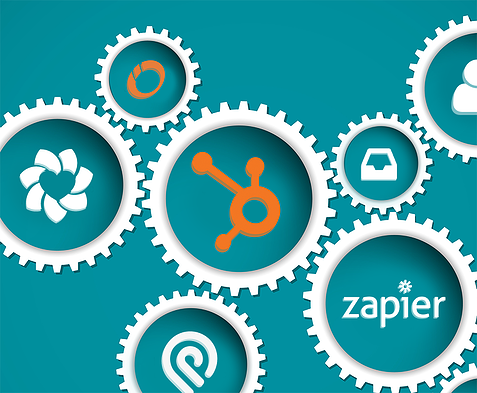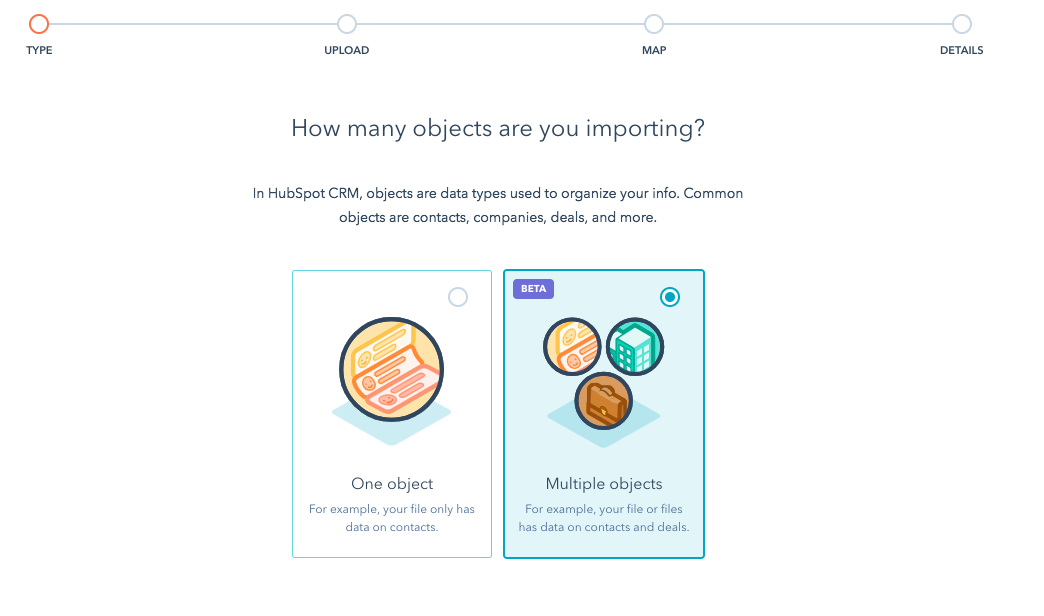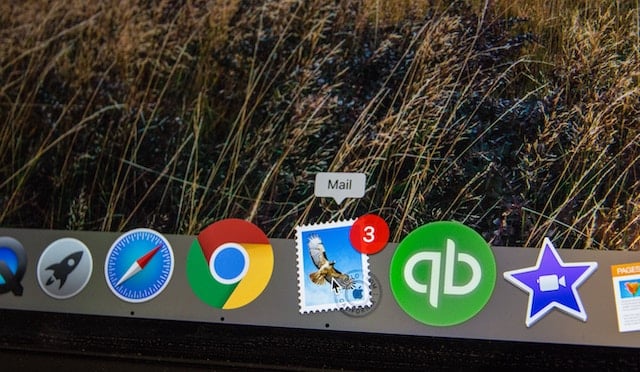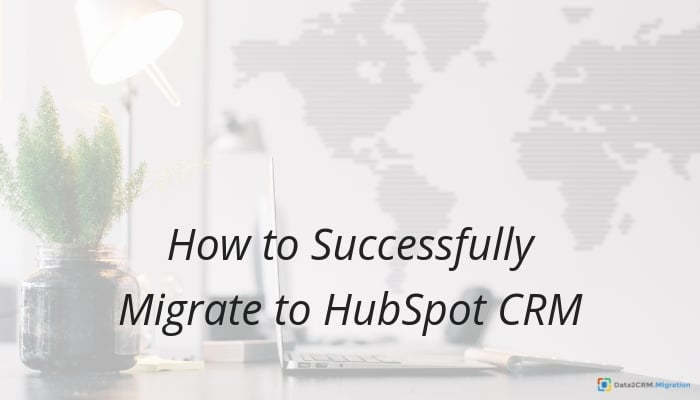It’s a question that gets talked about, written about, and presented on constantly. In a world where most companies are using different tools to manage different parts of the customer lifecycle, how can you make sure that all of your teams are continually in sync? Is it possible to build a seamless experience from the perspective of your leads and customers, or is that a heady mission that is nearly impossible in practice?

For marketers, we’ve come a long way. The days of having customer data split across a dozen different tools and no way of stitching it together have passed. Integrated marketing systems come with the big pieces already deeply woven together, while tools like Zapier make fast and light integrations with other systems easy.
But the bigger reality often is that while the marketing team uses one tool, there are a lot of other tools in the mix across the rest of the customer lifecycle. The sales team relies on CRM, support folks spend their day in a helpdesk system, and there’s probably an invoicing system in the mix, just to name a few likely tools.
As our responsibilities as marketers evolve to encompass a larger and larger slice of the customer lifecycle, what can we do to stitch together people and data across the customer journey? I recently had an enlightening chat with one marketer who is doing just that - Lars Ørhøj, the CMO at Visiolink in Denmark.
Jeff: Hi Lars! Tell me a bit about yourself and Visiolink.
Lars: Visiolink started in 2007. We’re focused on digital solutions for newspapers and magazines - taking the paper-based newspaper of today and helping our customers transfer it to every digital device, collecting rich data in the process. We work with more than 750 newspapers across Europe.
Jeff: Can you tell me a bit more about the different teams at Visiolink?
Lars: Visiolink as a whole is 65 people strong. I head up a marketing department of three. We’ve got nine folks in sales, and five folks in customer care.
Jeff: What does marketing look like at Visiolink? Are there any tactics that are working particularly well for you? Lars: We try a lot of different things with the ultimate goal of leading prospects to request a meeting with us.
Lars: We try a lot of different things with the ultimate goal of leading prospects to request a meeting with us.
One example - with print runs and the revenue streams they generate getting smaller and smaller, many newspapers will need 10-20 digital revenue streams to make up for it. A lot of people in our industry are waking up to the fact that in 10 or 15 years, many printed papers will probably be completely gone.
With this in mind, we’ve developed a number of reports in conjunction with danish universities and some of our customers on newspaper layouts, and generating ad revenue via tablets & smartphones, which is the primary goal for most of our customers. It’s proven to be a great source of qualified leads.
Jeff: So after you’ve generated those leads, what does the road from lead to satisifed customer typically look like?
Lars: Sure. On the marketing side, we’ve been using HubSpot for about seven months now. Our initial focus was on getting a constant flow of content and leads in place, and so far, we’ve been very successful at that.
Up until recently, we’ve been passing our leads from HubSpot directly into Podio, a project management tool that has sort of acted as our CRM system since we ditched another CRM that we had used for a while, but found to be too heavyweight for our needs.
We’ve found a great fit with Podio for managing customer projects from the point of a signed contract, through the completion of a customer's project, and life after that point - our solution delivery people and customer care folks love it.
When the opportunity to try HubSpot CRM came up, we moved fast to start testing it as the primary place we’d run our sales process out of. We are still testing the waters with HubSpot CRM, but it’s looking like it fits quite well with what we want to do. I’m pretty confident that in another 2 months or so, we’ll be fully moved to a process that looks something like this - Leads are generated in HubSpot, the sales team works those leads in HubSpot CRM, and signed contracts & implementation projects are tracked in Podio.
Jeff: It’s great to hear that you’ve got a pretty solid vision for how all the pieces fit together. But what about integration? Has it been a challenge sharing data between different systems?
Lars: We’ve definitely lived in a world before where we didn’t have these integrations; moving data from system to system was a nightmare. One such example - before using HubSpot, every Friday, Google Analytics data needed to be exported to Podio for our key account managers to mine for prospects. It was a two hour process.
But today, I’m happy to report that it’s all pretty harmonious. HubSpot keeps all the pieces of our marketing environment very closely tied together, and the integration between HubSpot Marketing and HubSpot CRM is obviously seamless.
To keep data in sync between HubSpot CRM to Podio, we’ve used Zapier to build out a simple integration that passes customer data bi-directionally between the two systems.
Jeff: What was the process of integrating HubSpot & Podio using Zapier like?
Lars: We were using Zapier before we came to HubSpot, and we were happy to see that it’s so deeply engrained in the HubSpot platform. Zapier itself is very easy to use. You of course need to know what data you have and what you want where, but once you’ve mapped that out, it’s very easy to implement.
Jeff: Are there any other systems you’ve integrated?
Lars: Actually, yes - our five customer care folks also use Zendesk day to day to manage customer tickets. We’ve used Zapier to integrate HubSpot and Zendesk as well - we feed certain pieces of information about our support cases back to HubSpot as well.
Jeff: Can you give me some examples of how these integrations have been useful in practice?
Lars: Sure. Here’s an example that’s a little bit unexpected - we’ve found that having that support case data in front of our sales team is hugely useful. There have been many occasions on which insights we’ve gained in resolving a support case have helped us win future sales & upsells. Maybe we are resolving a case and the CEO of the company is CC’d on one of the emails... now we’ve got that information in our CRM to help with future sales.
 Jeff: Are there any metrics you’ve seen movement on as a result of HubSpot, HubSpot CRM, and the Zapier integrations you’ve set up?
Jeff: Are there any metrics you’ve seen movement on as a result of HubSpot, HubSpot CRM, and the Zapier integrations you’ve set up?
Lars: I can tell you that as a whole, the system is generating returns for us. Our organic traffic is on the rise, and as a result lead generation is higher than ever, which was our primary goal in signing up with HubSpot.
And while it’s early days, the anecdotes I’ve heard and some of what I’ve shared with you so far is a good indication that there are a lot of benefits of having data from every system flowing automatically between teams and tools, beyond just the time savings.
A big thanks to Lars for taking the time and opening up about the current state of marketing, sales and service at Visiolink. We hope to catch up with him about his progress again in the coming months. In the meantime, tell us - how many different tools are spread out across your marketing, sales, support, and customer teams? Have you integrated any of them together, and achieved results in the process? We'd love to hear in the comments.







![Customizing and Organizing Your Data in the HubSpot CRM [Customer Story]](https://53.fs1.hubspotusercontent-na1.net/hubfs/53/User%20Blog/Screen%20Shot%202019-03-10%20at%209.29.47%20PM-1.png)


![How to Move Your CRM Data to HubSpot and Not Freak Out [Customer Story]](https://53.fs1.hubspotusercontent-na1.net/hubfs/53/wp-hubspot.png)